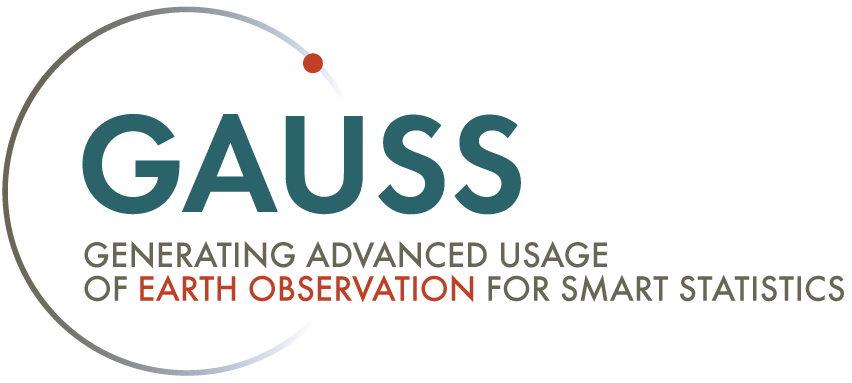This Use Case supports Statistics Poland in improving the quality and timeliness of regional well-being statistics.
Polish Use Case looks at the application of Earth Observation and in-situ data to assess the extent and quality of green areas for deriving information on natural capital statistics and human well-being conditions. Statistics Poland is interested in improving the quality and timeliness of regional well-being statistics.
Use case-specific infographics have been developed to illustrate the project’s outcomes:


Download the original document here.
This use case is led by IGIK in collaboration with Statistics Poland. For more information please contact the project team at the email above.




